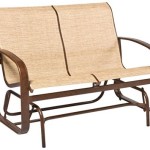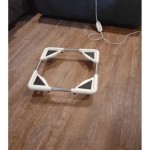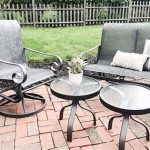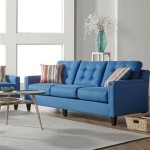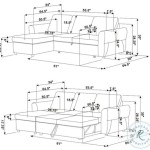Antique Furniture Legs and Feet: A Timeless Elegance
Antique furniture pieces possess a captivating charm that seamlessly blends the allure of the past with the sophistication of the present. Among the distinctive elements that elevate these treasured heirlooms are their exquisite legs and feet, which serve not only as structural supports but also as works of art in their own right.
Throughout history, furniture makers have employed an array of styles and techniques to craft legs and feet that exude elegance and artistry. From the graceful cabriole legs of the Rococo period to the intricate ball-and-claw feet prevalent in Chippendale designs, these decorative elements have transformed ordinary pieces into artistic masterpieces.
Cabriole Legs: A Symphony of Curves
Introduced during the Rococo era, cabriole legs are defined by their distinctive S-shaped silhouette. Originating in France, they became immensely popular throughout Europe and beyond. Cabriole legs often feature carved ornamentation, such as acanthus leaves or scrolls, further embellishing their flowing lines.
Ball-and-Claw Feet: A Majestic Presence
Ball-and-claw feet, a hallmark of Chippendale furniture, embody a sense of grandeur and opulence. They feature a spherical "ball" resting atop a stylized "claw" or "paw" that extends outwards. These intricately carved feet exude a regal presence, evoking the power and elegance of the natural world.
Straight Legs: Timeless Simplicity
In contrast to the elaborate curves of cabriole and ball-and-claw feet, straight legs provide a more understated yet equally elegant aesthetic. They are typically square or rectangular in cross-section, often featuring decorative moldings or fluting to add visual interest. Straight legs impart a sense of balance and formality, complementing a wide range of furniture styles.
Tapered Legs: A Graceful Silhouette
Tapered legs, as their name suggests, narrow gradually from top to bottom. This subtle tapering creates a pleasing visual effect, lending an air of refinement to furniture pieces. Tapered legs are commonly found in Federal and Regency furniture, adding a touch of lightness and elegance.
Restoration and Preservation: Honoring the Past
Antique furniture legs and feet often bear the marks of time, with wear and tear adding to their unique character. However, proper restoration and preservation techniques can ensure that these treasured elements continue to grace homes for generations to come. Skilled craftsmen can repair damaged carvings, replace missing pieces, and apply protective finishes to preserve the beauty and longevity of these historical artifacts.
Antique furniture legs and feet are not merely decorative elements; they are tangible connections to the past, whispering tales of craftsmanship, artistry, and the passage of time. By understanding and appreciating the different styles and techniques employed in their creation, one can gain a deeper appreciation for the timeless elegance and enduring legacy of antique furniture.

Curves And Lines 19th Century Furniture Leg Styles In Focus Styylish

Furniture Leg Styles A Guide For Antique Styylish

Antique Furniture Legs How Sexy Can They Be The Past Perfect Collection

Furniture Styles Deco Vintage

These Are 9 Examples Of Antique Furniture Leg Styles

Furniture Leg Styles A Guide For Antique Styylish

How To Date Antique Furniture By Feet A Comprehensive Guide

Antique Furniture Legs How Sexy Can They Be The Past Perfect Collection

5 Furniture Leg Styles You Need To Know Aaron S Touch Up

Pin Page
See Also


